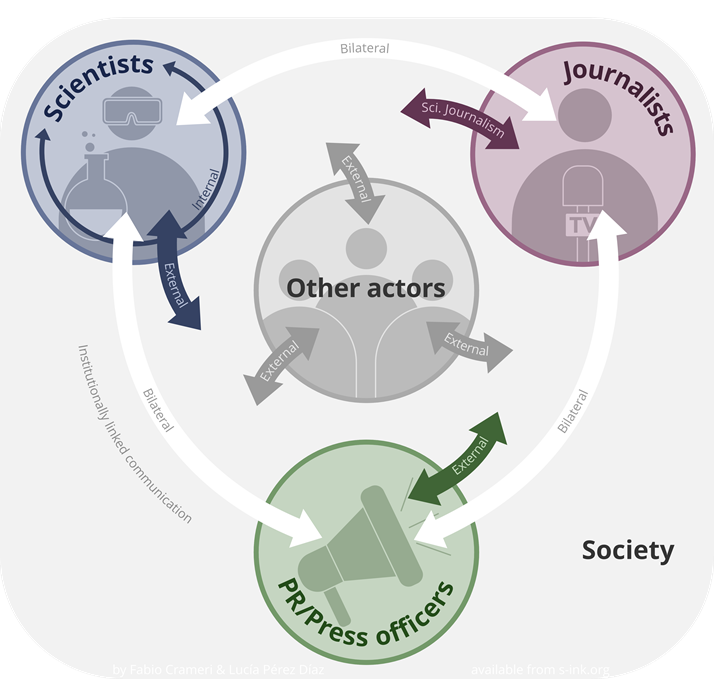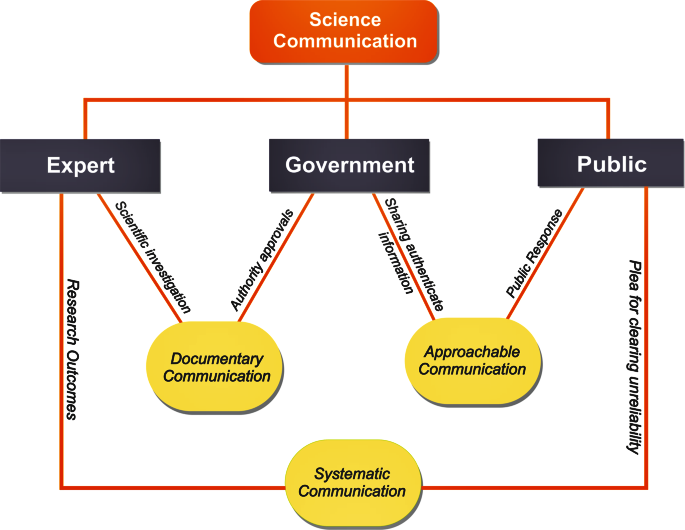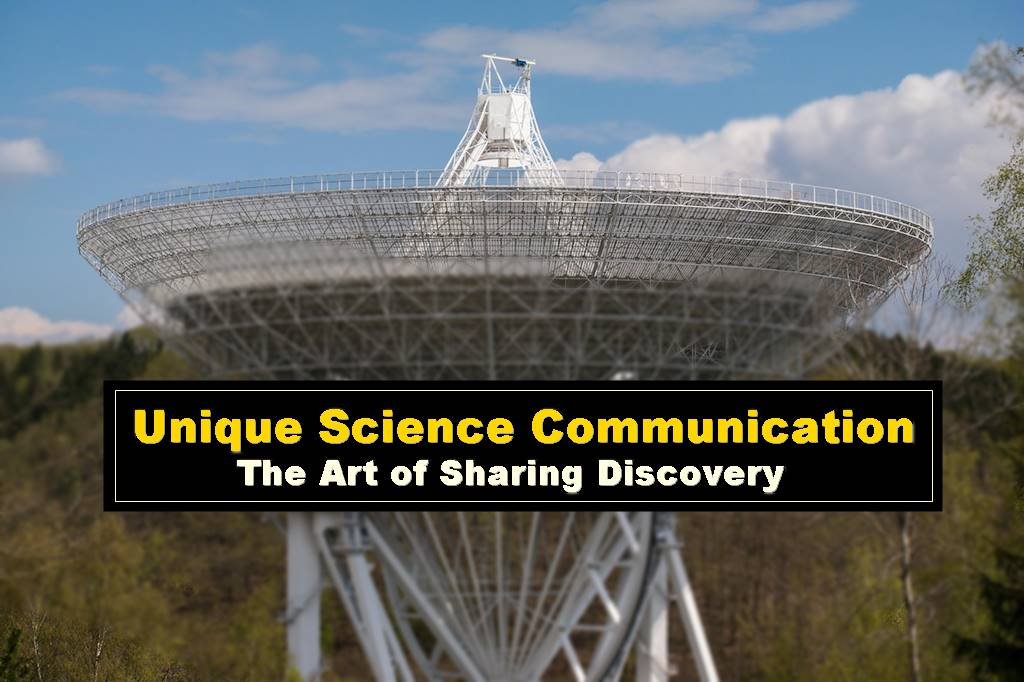In the vast tapestry of human advancement, discovery by science is the thread that makes up one of the largest and most captivating patterns. They hold the potential to change our perception of our world. They can also tackle difficult issues and enhance our lives. But, this potential will only be realized if science is effectively communicated to the world.
Welcome to the realm of science communication, which will take us on an exploration of the essence of it, its methods, strategies and techniques for engaging a variety of publics. This article is designed to give more than just a basic overview but an extensive look at the fascinating world of science communication. It is a crucial link between the towers of science research and the enquiring minds of the general public.
Introduction
Science communication is the channel through which the language of science can be transliterated into a common language. It’s making knowledge from science easily accessible, relatable and interesting for people who aren’t in the microscope or researching quantum Physics. It’s all about ensuring that the marvels of science aren’t kept in laboratories and accessible to all.
What is the Essence of Science Communication

Defines the concept of science Communication
At its base, science communication is concerned with breaking down stumbling blocks of science-related jargon. It’s about making difficult concepts and findings understandable for people who do not have the benefit of a PhD in the same area.
The significance of Science Communications
Why do science communications have significance? It’s not only about making science more accessible and empowering people as well as societies. When people grasp science concepts, they can make educated choices about their health, the environment and public policies.
Science Communication Tools and Strategies

Written Communication
Essays and Articles:
Let’s begin by writing. Essays and articles in newspapers, magazines and online platforms are the mainstays for science-based communication. They can simplify complex scientific ideas and make them more accessible to people of all ages. For instance, an article in a popular science publication might present the idea of black holes through common sense analogies, making it accessible to a broad population.
Books and publications:
Books authored by scientists or journalists from the field offer an in-depth look at the world of science. They provide information to those looking to explore a subject in greater detail. One of the most famous examples can be found in Carl Sagan’s “Cosmos,” which takes readers on a trip through the universe and explains complicated astrophysical concepts along the route.
Visual Communication
Infographics and Data Visualization:
A picture is worth a thousand words, and that maxim is to be true in the field of communications in science. Data visualization and infographics can be powerful tools for simplifying complicated data and concepts. For example, an infographic on climate change could employ clear images to illustrate the rising global temperature through time and make the data easier to digest and more impactful.
Animations and Videos:
Videos and animations can make science come to life. They can transform abstract concepts into concrete and provide an exciting way to learn about science-related phenomena. Think about YouTube channels like “Kurzgesagt – – In a Nutshell,” which uses animated videos to present everything from the Fermi Paradox to the science of ageing.
Verbal Communication
The HTML0 format is used for public Speaking or Lectures:
Lectures, public talks and talks given by scientists or experts offer a venue for interaction directly. These talks bridge scientists and the average public by allowing for discussions, questions and sharing of excitement over scientific discoveries. For example, the renowned Professor Brian Cox’s public talks concerning the nature of space have earned him an international following.
Podcasts and interviews:
The rise of podcasts and interviews creates a more intimate setting for in-depth discussions about science-related topics. They are an exciting way to learn about scientific research, be it Neil deGrasse Tyson discussing astrophysics on “StarTalk” or scientists dissecting the most recent advances regarding AI in “Science and Technology.”
Also Read : Alternative Energy Innovations: And the Path to a Greener Future
How to Engage Your Audience by Interacting with Your Customers

Stories within Science Communication:
At its core, science is a grand narrative of discovery and exploration. Effective science communicators harness the ability to tell stories that transform data and facts into stories that attract viewers. For instance, in presenting the theory of evolution, scientist communicators could weave a story which follows the progression that life has taken on Earth, from the simplest beginnings to the complexity we encounter in the present.
Utilizing Metaphors and Analogies:
Analogies and metaphors are the main ingredients of science communication. They connect the familiar and the unknowable by making complicated concepts more easily accessible. To understand what DNA is, it is possible to employ an analogy to a cookbook in which genetics are recipes which decide our personality traits.
Making Memorable Content:
The art of effective science communication goes beyond communicating information. It’s about creating content that makes a lasting impression. Content that is memorable sparks curiosity and inspires more exploration. For instance, “Blue Planet,” the “Blue Planet” documentary series, does more than educate viewers about marine life; it also creates an appreciation for the ocean and an obligation to the oceans.
Challenges and Ethics in Science Communication
Information & Misinformation
In today’s digital age, false information and pseudoscience can propagate quickly. Science communicators are tasked with combating false stories by providing evidence-based facts. For instance, during an outbreak of health, such as the COVID-19 pandemic, science communicators have a vital part in dispelling Misinformation and providing reliable information about vaccinations and other public health measures.
Ethical Considerations
Science communication is a process that has ethical obligations. Ensuring that information is presented professionally while avoiding sensationalism and considering the possible societal implications of scientific discoveries are essential components of ethical scientific communication. When discussing the potential advantages and dangers of gene editing, scientists should present an impartial perspective on the subject.
Evaluation of the Impact of Science Communication
Metrics and assessment:
What are the best ways to measure the efficacy of communication strategies for science? Metrics like engagement of the audience reach, feedback, and reach offer valuable insight into the effectiveness of strategies for communication. For example, the educational YouTube channel could track viewers’ comments and the amount of shares it has to determine the effectiveness of its content.
Conclusion
The bottom line is that scientific communication is about more than just communicating information and creating a stronger connection between scientists and the general public. It’s about sparking interest, dispelling myths and empowering the future generations of researchers, researchers and creative thinkers. While exploring the realm of science communications, remember that you’re not simply communicating knowledge. Still, you’re opening the universe’s secrets for others to discover.
FAQs (Frequently Asked Questions)
Q1: What’s the function that science communications play in society?
Science communication is essential in making scientific information available and useful to the general public. It allows individuals to make informed choices and aids in a more science-literate society.
Q2: What are the most important methods for effective science communication?
Effective science communication utilizes various tools, such as information graphics, books, articles, videos, podcasts, and public speaking occasions.
Q3: What are the most important ethical issues in communicating scientific research?
Ethics concerns include precision, avoiding sensationalism and considering the potential social impacts of research findings.
Q4: Science communication can be informative and entertaining simultaneously.
Absolutely. Effective science communication typically blends entertainment and education to engage and educate audiences effectively.
Q5: What does social media’s role play in science communication today?
Social media platforms can provide an extensive and interactive platform that can be used for scientific communication. They allow for real-time discussion as well as sharing of content and interaction with a worldwide audience.
